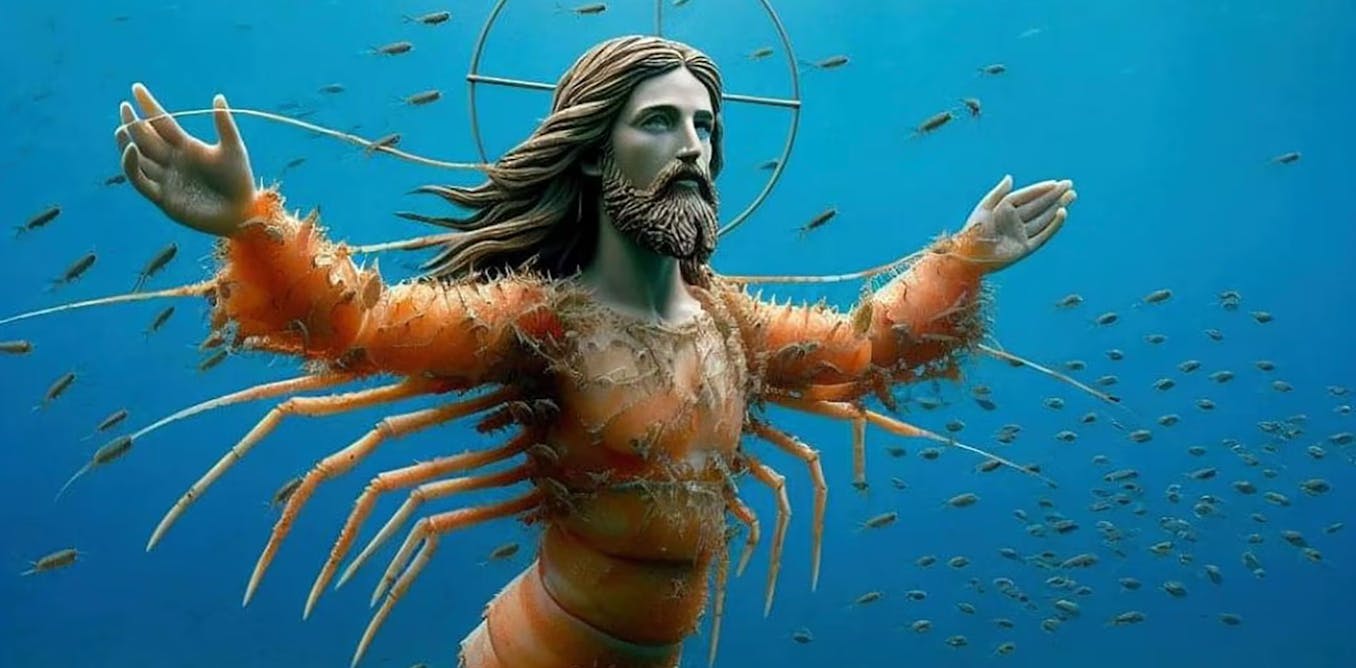The surface ocean is a busy place, with ships crossing, storms churning, and satellites monitoring everything from above. But below the top 1,000 meters, a hidden fleet of robotic devices is listening for signs of stress inside the planet’s largest life-support system.
According to new research published in Nature Communications, marine heatwaves are interfering with the ocean’s ability to transport carbon from surface waters into the deep, where it can be stored long-term. That science depends entirely on autonomous “biogeochemical” profiling floats that drift and dive through the ocean, collecting data in near-real time as part of the U.S.-led Global Ocean Biogeochemical (GO-BGC) Array, headed by the Monterey Bay Aquarium Research Institute (MBARI) in California.
These cylindrical, pressure-resistant devices are encased in aluminum and packed with bio-optics, a GPS/Iridium antenna, and lithium or hybrid batteries. They monitor key biological, physical, and chemical properties—hence their biogeochemical name—including oxygen, pH, nitrate, suspended particles, chlorophyll, and temperature, conductivity, and depth. MBARI has deployed more than 330 robots worldwide with advanced biogeochemical sensors, joining a larger fleet of 4,000-plus Argo floats across an international network that started 26 years ago.
“I describe them as measuring the metabolism of the ocean,” says MBARI Senior Scientist Ken Johnson, who co-authored the new study and serves as lead principal investigator for the GO-BGC program. “If you aren’t feeling well and you go to the hospital, they don’t immediately throw you in for an MRI. They take your vital signs, and that’s what these floats do.”
Ocean Carbon Cycle Tracking
Understanding how far carbon-rich particles sink is central to tracking the ocean’s carbon cycle, its metabolic engine. BGC-Argo floats can detect oxygen levels deep in the ocean, helping scientists pinpoint where and how bacteria are breaking down sinking organic matter. In the Gulf of Alaska, carbon rarely makes it very deep before returning to the atmosphere. But in the Southern Ocean, it spreads far deeper, making that region a more powerful carbon sink.
It has been historically nearly impossible to monitor the full depth of the ocean’s carbon-transport processes continuously. Satellite sensors are largely limited to the surface and upper sunlit layer of the ocean, and cannot directly observe deeper water columns. High-precision ship-based surveys provide detailed data but are restricted by schedules, weather, and cost.
“The key is having these chemical and biological sensors running in the background, telling you how one year is different from the next,” Johnson says. “You just can’t understand how the ocean responds to multiple heatwaves by going out on a ship for a couple of weeks. But the floats will do it all year round, even on Christmas and Thanksgiving, and in the winter when the weather is terrible and no one wants to be out there. The longest cruise I’ve been on was 58 days. That was long enough. People don’t want to spend years on a ship.”
Although MBARI’s robots can capture a wider range of data than satellites and ships, they aren’t meant to be replacements. Johnson says there’s synergy between the three: “Satellites only see a few things, but the floats see more, and then the ship sees even more. When you put them all together, each thing makes the other better and gives you more understanding.”
 BGC-Argo robots drift below the ocean surface to collect data and periodically ascend to transmit it via satellite.Kim Fulton-Bennett/MBARI
BGC-Argo robots drift below the ocean surface to collect data and periodically ascend to transmit it via satellite.Kim Fulton-Bennett/MBARI
How Do Biogeochemical Robots Work?
In a typical cycle, BGC-Argo floats drop to roughly 1,000 meters and drift for 10 days, following a specific water mass. Each float has a central processor that synchronizes readings from the onboard sensors. A buoyancy pump expands and contracts an external oil bladder, letting it dive to 2,000 meters before rising again and collecting continuous measurements on the way up.
When its antenna reaches the surface, the float transmits its data through the Iridium satellite network, and immediately sinks again. Data is posted publicly within a day as part of international agreements allowing entry into other countries’ economic zones.
Although the floats are generally autonomous for their pre-programmed data-collection missions, researchers can remotely adjust certain parameters, like cycle timing, via satellite. This control can be useful for targeted coverage during hurricanes or volcanic eruptions, Johnson says.
Funded by a US $53 million National Science Foundation grant awarded in 2020, MBARI developed and calibrated the floats’ key BGC sensors, including the SeaFET Ocean pH technology now used worldwide. The University of Washington built the floats in partnership with Teledyne Webb Research, contributing part kits and fabrication. Before any update goes live, Johnson says the University of Washington team runs simulations on accelerated timescales, stress-testing floats to identify potential failure modes.
Each float has a lifetime of about 250 vertical dive-drift-rise profiles, lasting up to seven years. “We lose about 5 percent every year for isolated reasons like corrosion or connection problems. Sometimes they get run down by ships when they’re at the surface, or they get stuck at the bottom,” Johnson says.
 BGC-Argo floating robots have been deployed all over the global ocean to monitor its health.Ken Johnson/GO-BGC Project
BGC-Argo floating robots have been deployed all over the global ocean to monitor its health.Ken Johnson/GO-BGC Project
What the Robots Reveal
MBARI’s new study in Nature Communications used the floats to observe the aftermath of a massive North Pacific marine heatwave in the Gulf of Alaska from 2013 to 2015 (called “The Blob”) and its 2019 to 2020 successor. The researchers paired float readings with seasonal data from ship-based surveys tracking plankton pigments and environmental DNA from seawater samples collected by Fisheries and Oceans Canada’s Line P program.
Plankton lifecycles are critical to how Earth stores carbon dioxide (CO2). When plankton grow at the surface and die, or are eaten by other plankton or fish, the resulting organic material falls through the water column as tiny particles or fecal pellets. “One of the big questions in carbon-climate science is how deep does the carbon from plankton travel?” Johnson says. “If that carbon only goes 100 meters, it’ll get remineralized by the bacteria, turned back into CO2, and it’ll just mix back into the atmosphere. It doesn’t really sequester that CO2 away. But if the material sinks 2 kilometers, it’s gone out of contact with the atmosphere for hundreds of years.”
Johnson adds, “To me, the takeaway is that these heatwaves cause changes in ecosystem structure—in the plankton and how they operate—and these shifts in carbon export and how the ocean sequesters carbon are changing the services the ocean provides to us in ways we hadn’t really appreciated. The ocean gives us seafood, it absorbs about 95 percent of the anthropogenic heat in the atmosphere, it stores a bunch of CO2. We can now see that its ability to continue providing those services isn’t a given. It can be altered by a heatwave.”
MBARI’s team is applying machine learning techniques to extract new biogeochemical insights. In an August study in Global Biogeochemical Cycles, they used a neural network on BGC-Argo float data to show that nitrate production has been rising throughout the Southern Ocean for more than two decades. That region is central for carbon uptake and regulating global nutrient distribution.
The program’s future isn’t guaranteed without additional support. The $53 million NSF grant that built the U.S. BGC-Argo fleet expires this year, and Johnson says no continuation funding has been secured yet.

The post “Free-Floating Robots Find Ocean’s Carbon Storage Is Struggling” by Shannon Cuthrell was published on 10/28/2025 by spectrum.ieee.org












-1.jpg)










